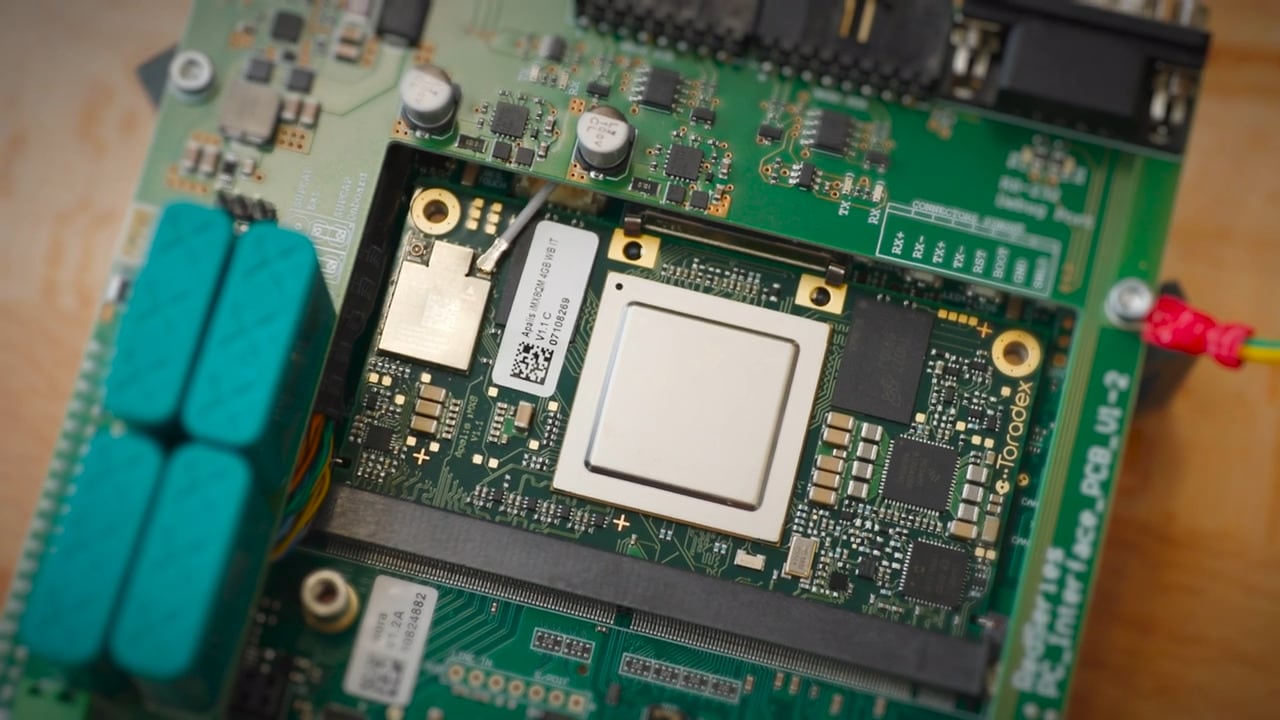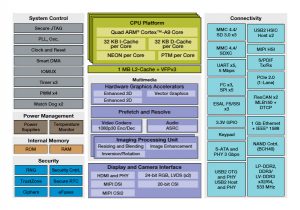Phoronix: i.MX8 SoC Support Might Be Introduced In Linux 4.17
With this week's ARM SoC/platform updates for Linux 4.16 it was revealed the next kernel cycle might introduce i.MX8 SoC support...
With this week's ARM SoC/platform updates for Linux 4.16 it was revealed the next kernel cycle might introduce i.MX8 SoC support...




Comment